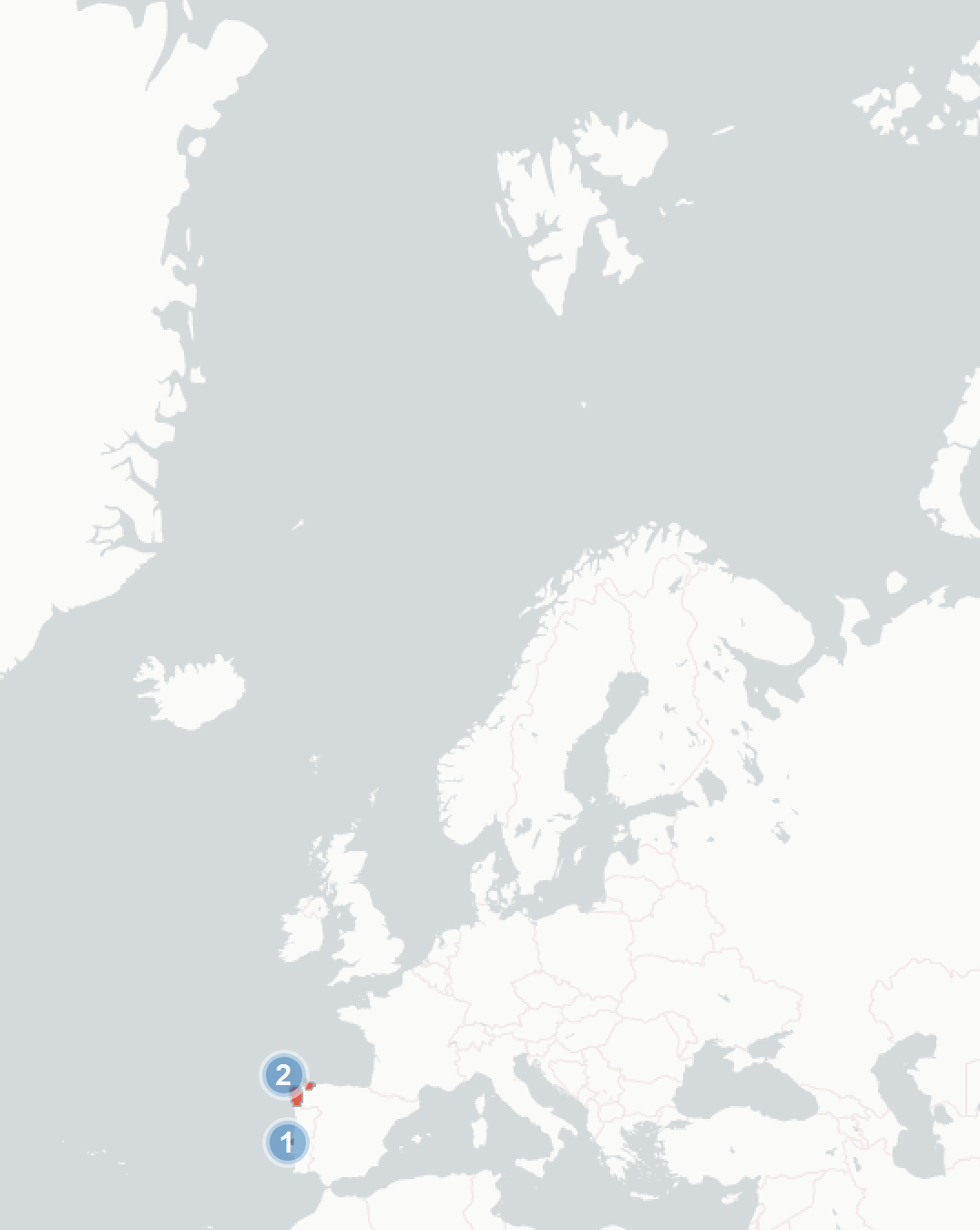Cory’s Shearwater (Calonectris borealis): vulnerability to climate change
Evidence for exposure
Potential changes in breeding habitat suitability:
-
Current breeding area that is likely to become less suitable (100% of current range)
-
Current breeding area that is likely to remain suitable (0%)
-
Current breeding area that is likely to become more suitable (0%)
Current impacts to Cory’s Shearwaters attributed to climate change:
-
Negative Impact: Lower prey availability during the breeding season has resulted in changes in foraging patterns, lower adult condition, and lower chick condition
-
Neutral Impact: New colonies have been established outside of the species’ normal range. The cause is uncertain, but likely related to prey range shifts and warming conditions.
Predicted changes in key prey species:
No key prey species are predicted to decline for this species.
Climate change impacts outside of Europe
-
In several parts of their breeding range, such as in the Azores, Cory’s shearwaters adult survival is lower in warmer temperatures, likely because of associated changes in prey availability.
Sensitivity
-
Cory’s shearwaters can suffer mass-mortalities, especially following extreme storms or hurricanes in tropical parts of their range. Changes in how and where hurricanes occur could have significant impacts on shearwaters.
-
Cory’s shearwaters rely on wind conditions to soar and use as little energy as possible. Changes in wind strength, direction and patterns could heavily impact energy use and migration paths.
-
Cory’s shearwaters have high breeding synchrony, the majority of birds in a population will breed in a relatively short period of time. If shifts in key prey availability occur it could have a significant impact on breeding populations
-
This species has a long generation length (>10 years), which may slow recovery from severe impacts and increases population extinction risk
Adaptive capacity
-
Analysis of laying dates has shown that, regardless of SST and weather conditions, there is little variance in Cory’s shearwater phenology. It is unlikely they will adapt their laying date to changing conditions.
-
Cory’s shearwater shows little plasticity in choosing nesting sites, and can even choose maladaptively in the presence of predators. Although it recently has established in northern Spain, this is believed to be a rare event. High site fidelity means it is unlikely to change sites as a response to climate change
-
Cory’s shearwater change their foraging strategy and prey species based on prey availability. This, combined with a relatively flexible diet, is likely to make them more resilient to climate change
